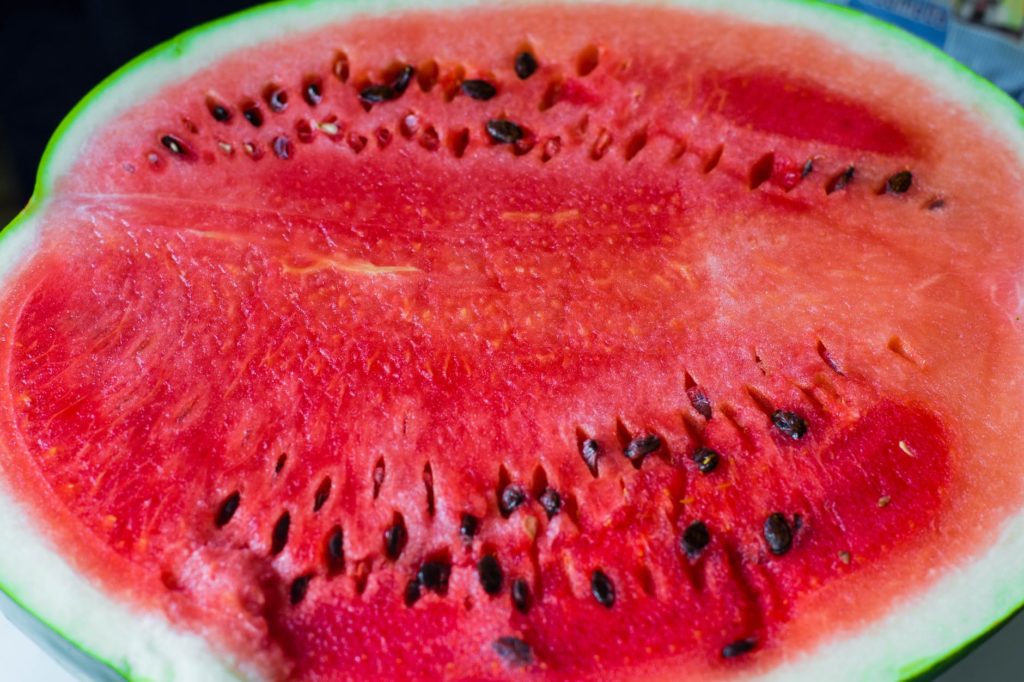By Clint Thompson
North Florida watermelon growers are in prime position to reap the benefits of the current market demand.

Bob Hochmuth, University of Florida Institute of Food and Agricultural Sciences (UF/IFAS) Regional Specialized Extension agent in Live Oak, Florida, explains how his region’s producers want harvests to remain fruitful as long as possible.
“With the demand so strong, South Florida being done and Georgia not quite ready to get into the deal yet, with the pipeline very needy right now for watermelons, I think we’re doing everything we can to try to fill that pipeline as best we can,” Hochmuth said. “The reality is, when you have a single region like we are, even though we’ve got 8,000 acres, when you have a needy pipeline it’s hard for any single region to fill that when they’re on their own.
“I think we’re in position right now with a lot of good, quality watermelons still yet to go. Some fields have been harvested four times. Some fields will be harvested this week for the first time. I think the majority of the farms, they’ve been started somewhere and those fields that haven’t been harvested yet mostly are larger operations that have later planted watermelons. We still have a lot of watermelons we can put on the market that are really good quality.”
Weather conditions have allowed crops to stay viable for an extended period this spring. High temperatures have been avoided for the most part. As long as growers protect the melons from diseases, they should continue to produce a crop in high demand.
“They’re holding up very well I would say, as long as growers are staying on a fungicide program. I think that’s the key right now is to make sure we don’t allow something like downy mildew or powdery mildew to determine the end of the season for us. Given the circumstance, they’re holding up very well,” Hochmuth said.
“The last week has been relatively moderate; cool mornings, somewhat cloudy for parts of the day. Overall, it hasn’t been that intense 90-degree bearing down sunlight on us. If that changes then, yes, you could see a likelihood that the fruit are not going to be able to tolerate it as much.”









